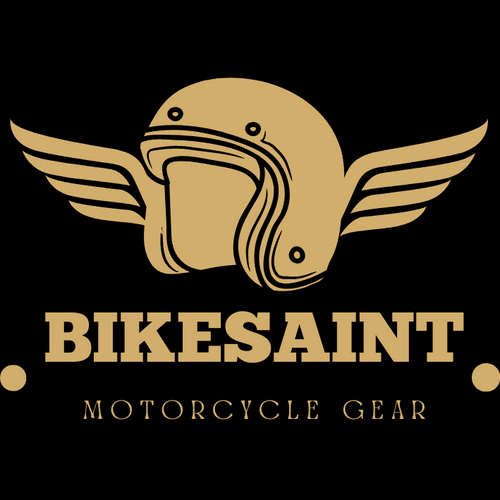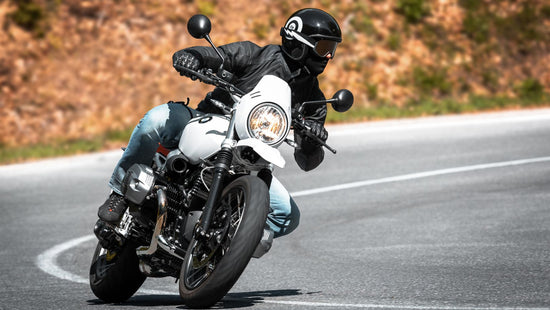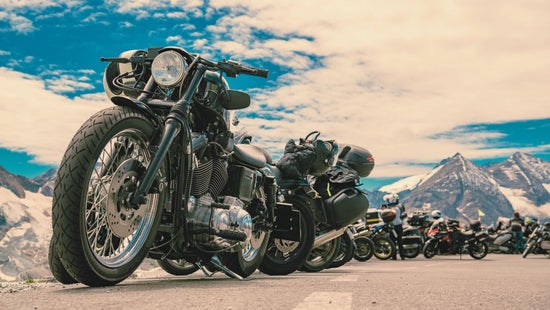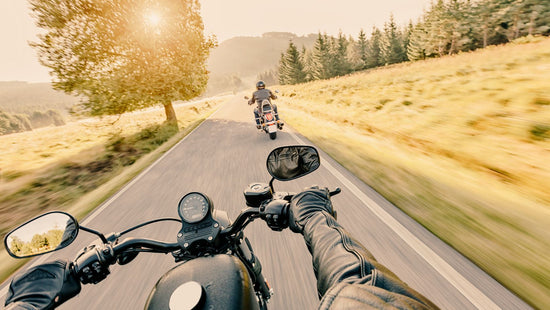

Riding a motorcycle is more than just straddling the seat and hitting the throttle. As experienced bikers know, the way you position your body on a motorbike has a significant impact on your control, comfort, and safety on the road. In this blog post, we'll explore the correct motorbike positions, how to achieve them, why they matter, and what effects they can have on your riding. So, if you're a motorcycle rider who's looking to better your riding skills, keep reading!
Introduction
First of all there is nothing like a universal ideal body position for riding a motorcycle. It depends on various external and internal factors, like what type of motorcycle you are riding, what are you trying to achieve at the moment as well asi your physical dispositions and condition. The most obvious factor is the type of motorcycle, simply because the ergonomics of a motorbike determines how it will be ridden.
Your body posture will be different if you ride a standard motorcycle, a cruiser or a sport motorbike. Although some principles remain the same, like relaxed hand grip, arms slightly bent and relaxed upper body, others vary highly, like the movement of your body. While riding a sport motorbike on a race track, riders hang off the motorbike into the turn, on a supermoto or motocross tracks, you see motorcycle riders using a different technique, and that is keeping their body straight or even counterbalancing while bending the motorcycle underneath them.
For the purpose of this article, we will be talking about regular road conditions and a standard motorcycle with a neutral upright body posture like a naked motorbike or a touring enduro.
Lower Body Position
Motorbike seating

This might seem obvious, you simply sit on the driver seat, right? Well, not exactly. While the left/right alignment is easy, you will naturally align yourself with the center of your motorbike, there is also the front/back alignment. Where exactly you will sit on the seat will determine the extension of your arms, the bending angles of your hips and knees and the center of combined gravity of you and your motorcycle. Consequently, these will have an effect on the maneuverability of your motorbike and your riding comfort.
Due to the shape of the seat, some motorbikes give you less options than others, but the aim should be to sit as close to the tank as possible and many people make the mistake of sitting too much in the back. Actually, your crutch should be on the tank or against the tank. That is a simple checking rule, every time you get on your motorbike. This position comes at the expense of your knees being more bent, but it is great for the maneuverability of the motorbike and upper body fatigue control.
Feet
The feet should be on the foot pegs, right? But which part of the foot? Some of us have really large size feet and the difference can be enormous :). It is the balls of your feet that should be positioned on your pegs. This is the best position for controlling the motorcycle and feeling the feedback from your machine. It is also a matter of safety, as your feet hanging off the footpegs when rested on the heels or the middle of your feet, can become a subject of an injury. When you lean your motorcycle, the foot will scrape the pavement, which will give you a scare at the best. Yes, the price to pay is again your comfort, because resting your feet on their balls against the footpegs means a bigger bent in your knees. It goes without a question, that the feet should be positioned on the inside of the pegs and your inner ankles pressed against the motorcycle.
Legs
Many riders ride with their knees facing outward. It is very important to keep the knees pressed against the fuel tank. It is the job of your lower body to secure a firm grip of the motorcycle, and how can you do that, with your knees sticking out and your heels on the foot pegs? Not very well, at that point a rider is just sitting on his motorcycle instead of controlling it and probably making up for the grip with his hands, arms and shoulders, which is the incorrect way. Having your knees pressed against the tank also improves the motorbike’s response when cornering the turns.
Upper Body Position and Movement

Arms and hands
Your grip on the handlebars should be relaxed. Hold them just enough not to drop them. The purpose of your hands is to work the clutch, brake and throttle, all of which need to be done with smoothness and control.
Relax your arms and shoulders as well, keep your arms slightly bent in the elbows. New riders often have their arms fully extended. Think of your elbows as a suspension, that needs to do its job, when you move on the motorbike back and forth. Arms fully extended will result in fatigue and less control of the motorcycle. Remember, you’ve already secured the grip and anchored yourself to the motorcycle with your lower body. The job of your arms is to steer the motorcycle, which involves just a light push or pull on the handlebars.
Torso
Keep your torso relaxed and take a few deep breaths when you feel tension. You will want to avoid uncontrolled movement back and forth, especially back, when you accelerate. This requires engaging your core muscles and it might be a good habit to lean a bit forward as you accelerate. It works also great for throttle control as you don’t want to open the throttle uncontrollably as the acceleration pulls you back.
Another story is your left/right movement of your torso when cornering. Leaning into the turns is a highly recommended technique, which allows you for greater speeds and smaller lean angles while cornering. Forget hanging off and knee dragging on the street, this should be practiced on the race track or a parking lot, but simply shifting your upper body’s weight into the turn while maintaining a firm grip with your lower body is a very useful motorcycle riding technique especialy in wet conditions, since it allows you to keep your motorbike more upright.
Conclusion to Motorbike Riding Positions
In conclusion, adopting the proper riding position on a motorcycle is essential for both safety and enjoyment. By ensuring that your body is properly positioned, you can improve your control, reduce fatigue, and enhance your overall riding experience. Remember to relax your arms and shoulders, engage your core, and lean into turns. With practice, you'll find that you can ride more confidently, comfortably, and efficiently. Stay safe and enjoy the ride!
What is the correct posture for riding a motorbike?
Sit towards the front of the seat, with your hands lightly resting on the handlebars. Keep your elbows bent, and your shoulders relaxed. Avoid slouching or leaning forward too much, as this will cause you to strain your back and neck muscles.
Why is motorcycle riding position important?
Firstly, it helps to distribute your weight evenly on the bike, which makes it easier to control. Secondly, it reduces fatigue and strain on your muscles, allowing you to ride for longer periods without feeling tired. Lastly, it improves your visibility on the road, enabling you to see further ahead and anticipate any potential hazards.
How can you adjust the handlebars on a motorbike to ensure a comfortable ride?
Firstly, determine your preferred riding position. Your handlebars should be adjusted to match your posture, arm length and personal preferences. Some riders prefer a more upright position while others prefer a more aggressive or leaned-forward position. Another important adjustment is the distance between the handlebars and your body. This is commonly referred to as the reach. The reach should be adjusted in a way that your arms are slightly bent and not fully extended. If the reach is too far, you will be putting stress on your upper back, shoulders and your arms. Proper handlebar adjustment will not only make your ride more comfortable but also improve your control and maneuverability. The easiest adjustment is to twist the handlebars forward or back. As most handlebars are curved, turning them to the front or to the back will change your reach and your posture from more upright to more aggressive. Same effect can be attained by replacing your handlebars with ones of a different shape or width. Last resource are extensions that can be used to elevate your handlebars, if that is the posture you are looking for.












